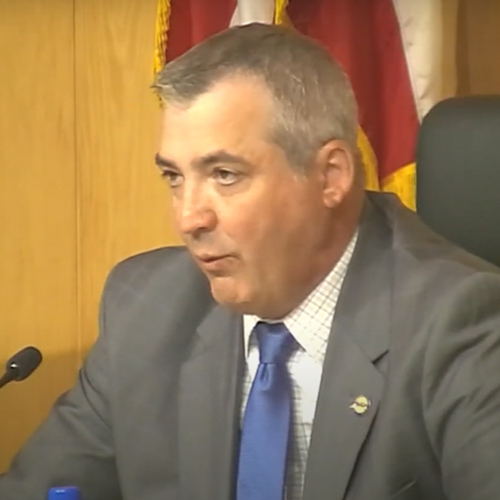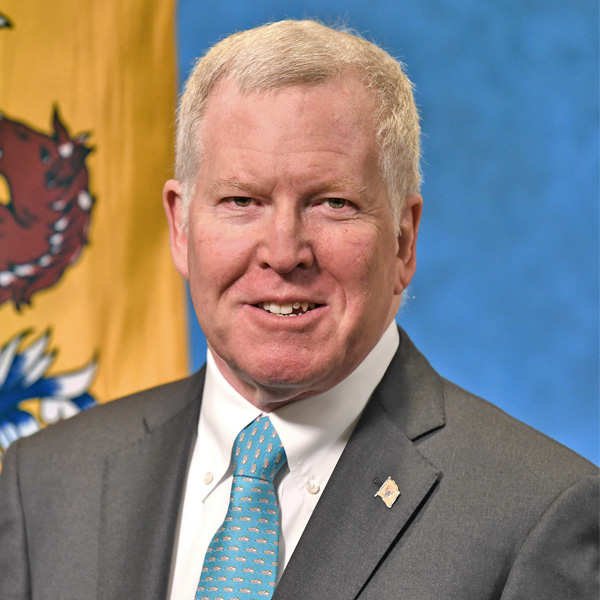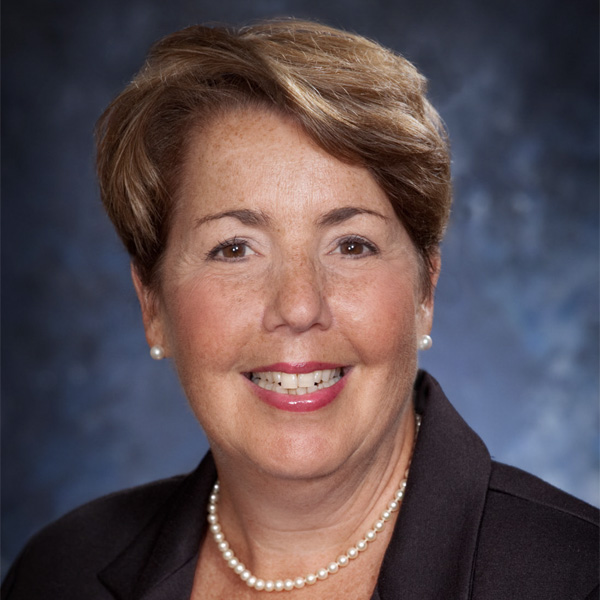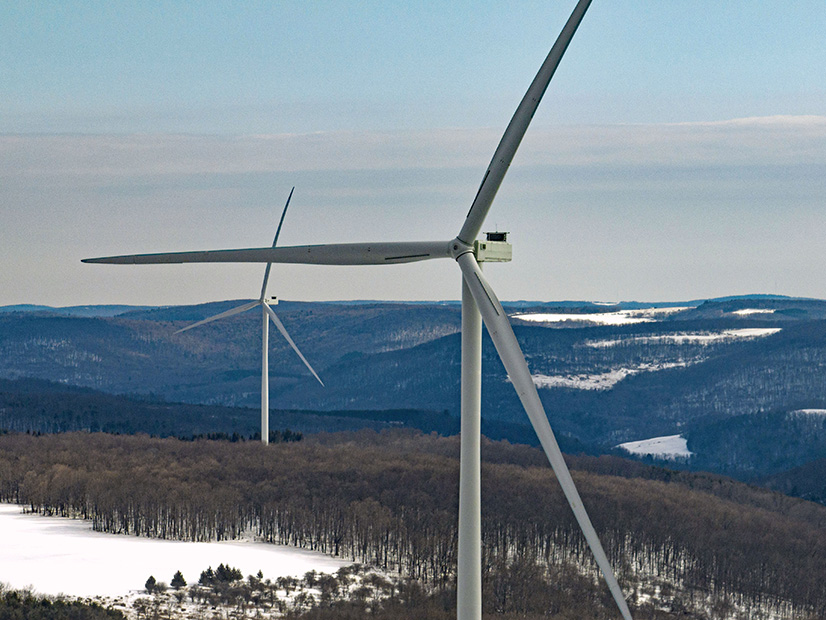Pennsylvania regulators last week agreed to set guidelines for electric vehicle charging rates, with deadlines and demand charges among the key issues to be decided.
Acting on a petition filed last year by a coalition supporting EV adoption, the Public Utility Commission voted 5-0 Thursday to direct its Law Bureau and Bureau of Technical Utility Services to prepare a proposed policy statement for consideration (P-2022-3030743).
In December, the commission responded to the petition by creating the EV Charging Rate Design Working Group, which included utilities, consumer advocates, state agencies, EV manufacturers, businesses, environmental organizations and trade organizations. The group’s recommendations report in March signaled agreement that EV rates should be voluntary, avoid cross-subsidization between customers or rate classes (i.e., residential, commercial, industrial) and allow the state’s 11 electric distribution companies (EDCs) to craft terms specific to their service territories.
But the report showed several key issues on which stakeholders were unable to reach consensus, including how quickly the rates should be instituted and how to prevent demand charges from squelching development of public charging sites.
Also undecided is whether the PUC should allow use of whole-house meters or require separate charging meters for time-of-use (TOU) rates and how to incentivize customers not using default electric service.
The petition for PUC guidance was filed by ChargEVC-PA, which said rate designs encouraging off-peak charging were needed to minimize capital spending to supply the increased power demand from EVs. The group includes the Electrification Coalition, the Natural Resources Defense Council and Central Pennsylvania’s Adams Electric Cooperative.

As of November 2020, Pennsylvania had more than 29,000 EVs, less than 1% of its more than 12 million registered vehicles, but more than double the number at the end of 2017. The International Council on Clean Transportation predicted in January that the incentives in the Inflation Reduction Act would give light-duty EVs a 48%–61% market share by 2030.
 PUC Vice Chair Stephen M. DeFrank said electric vehicles will cause a “sea-change in the transportation sector” that necessitates a rethinking of the state’s electric rate structure. | Pa. PUC
PUC Vice Chair Stephen M. DeFrank said electric vehicles will cause a “sea-change in the transportation sector” that necessitates a rethinking of the state’s electric rate structure. | Pa. PUC“This impending sea-change in the transportation sector presents an opportunity for our electric utilities as increased consumption from EVs can work to defray traditional customer distribution system costs,” PUC Vice Chair Stephen M. DeFrank said in a statement Thursday, in which he was joined by Commissioner Kathryn L. Zerfuss. “It is incumbent on this commission and the regulated electric utility industry to consider and adopt rate structures that foster the most effective and equitable use of the distribution grid to the benefit of all consumers.”
Deadlines, Minimum Requirements
The commission’s order left unresolved whether the state’s EDCs will face a deadline for submitting EV rates. Currently, Duquesne Light, PECO (NASDAQ:EXC) and UGI (NYSE:UGI) have won commission approval for programs to promote EVs, including incentives, customer education and installation of public chargers.
ChargEVC-PA, the Alliance for Transportation Electrification and the NRDC called for a Dec. 31 deadline, arguing the expected load growth from EV adoption could increase system costs unless off-peak charging is encouraged by new rate design.
But utilities Duquesne, FirstEnergy (NYSE:FE), PECO and PPL (NYSE:PPL) opposed a deadline or “minimum filing requirements that are more prescriptive than those required for any other utility rate design proposal.”
Duquesne, FirstEnergy, the Office of Consumer Advocate, and the Coalition for Affordable Utility Services and Energy Efficiency in Pennsylvania proposed that EV charging programs be initially designed as pilots to acknowledge the “evolving nature” of EV adoption.
But NRDC contended limiting EV rates to pilots would undermine customer adoption. “Customers need a reasonable degree of certainty regarding the economics of EV charging (and the continued existence of EV rates altogether) to make significant investments in EVs, and pilot rates will not provide that,” the group said.
The Economics of Public Charging
Another issue before the PUC is how to create rules that encourage public charging sites.
Convenience store chains Sheetz and Wawa and other fuel retailers represented by the Pennsylvania Petroleum Association said the PUC should ensure that all operators of public DC fast chargers have “the same competitive risks and the same access to wholesale electricity rates” to prevent a competitive advantage for utility-owned chargers. Otherwise, they said, non-utility providers would effectively have to purchase electricity at retail and sell at retail. “Buying and selling at retail is not a viable business plan,” they said.
The gasoline retailers added that utilities would also have a competitive advantage if they were permitted to impose demand charges on them but not on their own chargers, or if they were allowed to use ratepayer funds to own and operate chargers.
“If an electric utility chooses to own and operate EV charging stations, they should only be able to do so through a separate, non-rate regulated affiliate that cannot be cross-subsidized with their regulated business,” the retailers said.
PECO, however, said current state law may prevent the PUC from allowing “any rate designs tied to utility ownership of charging stations.”
EV charging networks Electrify America, ChargePoint and EVgo raised concerns over demand charges, which they said pose significant barriers to the deployment of public DCFC stations.
The working group noted that public charging sites “may initially experience low utilization and thus low electric load factors.”
“In such cases, standard demand charges may serve as an economic barrier to prospective development of public charging sites,” the working group said. “On the other hand, equity considerations demand that, in the long run, all types of utility customers, including EV charging owners, pay their fair share of the utility’s fully distributed cost of service. Moreover, DCFC demand charges can play a constructive function in disincentivizing localized overbuilding of DCFC stations that would inhibit stations from reaching economically self-sustaining utilization levels.”
PECO said the commission’s policy statement should consider the PUC’s separate energy storage proceeding (M-2020-3022877). “Energy storage has the potential to mitigate concerns regarding demand charges, as well as tangentially related rate designs for net metering,” the working group said.
Customer Credits and Retail Choice
Another complication for incentivizing off-peak charging is Pennsylvania’s retail customer choice law, enacted in 1996. As of last year, about 30% of the state’s residential customers were served by competitive suppliers.
The Consumer Advocate, ChargEVC-PA and Advanced Energy United said EV charging credits could be offered to only customers receiving default service unless electric generation suppliers (EGSs) agree to participate.
“Electric generation suppliers have no legal or regulatory obligation to align their own EV-specific rate plans with those of the default service provider or electric distribution company, meaning that alignment is not necessarily possible in scenarios where customers elect to shop,” PECO said.
PECO also raised a related issue, saying aligning supply and distribution rates for EV charging, “while desirable from a customer perspective for simplicity, may be challenging due to variances between system generation peaks and localized distribution peaks.”
The EGS Coalition — NRG Energy (NYSE:NRG), Interstate Gas Supply and Vistra (NYSE:VST) — was the only group to file comments opposing ChargEVC-PA’s petition. The coalition said EV-specific rate designs should be left to EGSs alone, contending the role of EDCs in electric supply “is limited to providing default service to non-shopping customers and does not include the offering of a range of alternative rate design options.”
ChargEVC-PA, however, said EGS’ position “is at odds with Pennsylvania law and precedent,” citing a 2020 PUC ruling.
ChargEVC-PA also challenged the EGS Coalition’s proposal that EDCs be required to make TOU rates the default for customers, and that customer education on EVs be handled exclusively by competitive suppliers and not by EDCs. The arguments are “directed more at enhancing market opportunities for EGSs than advancing EV adoption for the benefit of customers,” the petitioners said.
At Stake in EV Charging Rules: Pennsylvania’s $20 Billion Gasoline Industry
Electric vehicles have the potential to upend two billion-dollar markets in Pennsylvania: gasoline retailing and electric sales.
- Pennsylvania’s 12 million registered vehicles consume an average of 4.9 billion gallons of gasoline annually,[1] a market worth $19.9 billion at the current midgrade price of $4.04/gallon.[2]
- Pennsylvania electric customers consumed 143.3 million MWh in 2021, a retail market of $14.3 billion at an average price of 9.97 (cents/kWh).[3]
- In an unmanaged charging scenario — chosen by the U.S. Department of Energy as a worst case — 12 GW of dispatchable generating capacity would be needed to meet the demand of nearly 6 million EVs — equivalent to half of Pennsylvania’s vehicles.[4]
- Pennsylvania has more than 3,600 retail fueling locations, according to the Pennsylvania Petroleum Association, most of them with multiple pumps.[5] Assuming an average of six pumps per location, pumps would total almost 22,000.
- In comparison, the state had 1,920 public EV chargers as of 2020: 1,355 Level 2 chargers, 114 DC fast chargers and 451 Tesla chargers.[6] S&P forecasts the U.S. will need to quadruple the number of chargers between 2022 and 2025 and grow them more than eight-fold by 2030.[7]
[1] Based on average for 2015-19, excluding the pandemic year of 2020. https://www.eia.gov/state/seds/data.php?incfile=/state/seds/sep_use/total/use_tot_PAa.html&sid=PA



